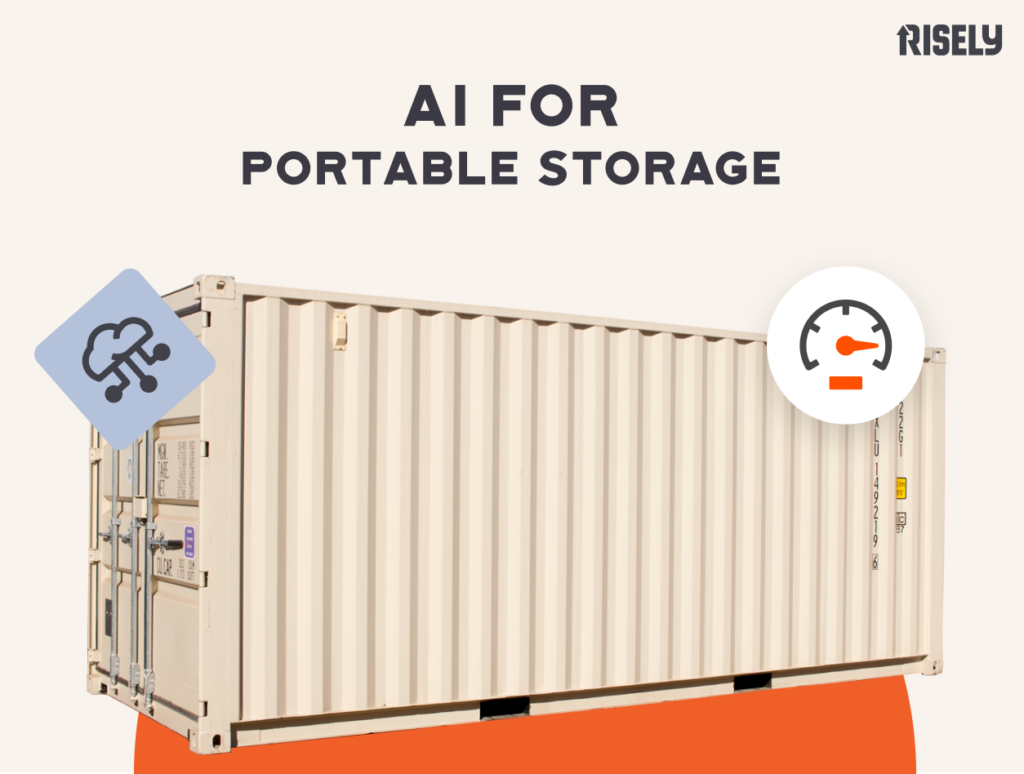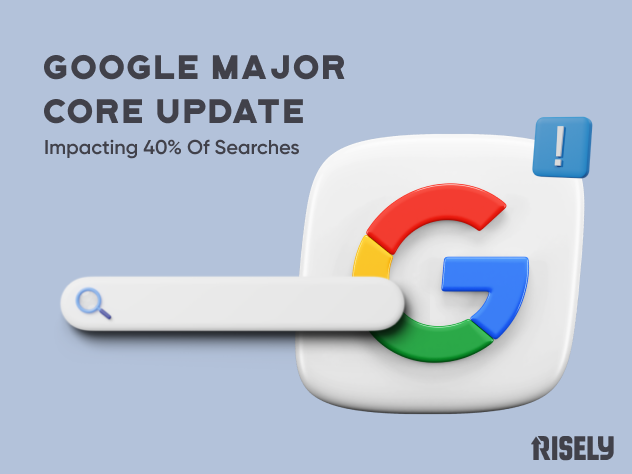
4 Tips For Building Your Local Moving Company Website

First impressions matter. With people searching online for local movers in their area, your website will be the first impression they have of your business. Having a dated site with low-quality photos, content with spelling and grammatical errors, unclear navigation channels or no direct way to contact you are just some of the factors that can make or break that first impression, causing you to lose potential customers.
From thinking about the design and user experience, to ensuring all of the necessary and relevant information is present and easy to find, our team at Risely knows how to build a moving company website that will both stand out from competitors and drive leads. And because we’re dedicated to helping local moving companies grow their businesses, we decided to share some of our insider tips and tricks with you! Check them out below and learn how to make your website stand out from the rest.
1. Mobile Responsive Design
With more and more customers searching for local movers from their phones or tablets, it’s important that your website is mobile-friendly. Have you ever gone on a website where the entire page seemed zoomed out? Or where text ran off the page and the main menu was too squished together to even see what it contained? Those kinds of websites are not optimized for mobile and make for a poor user experience.
In order to make the design and experience better and easier to use, you need to build a website that is mobile responsive – meaning, the layout and/or content automatically responds or adapts based on the size of screen they are presented on.
Here are some key features of a mobile-responsive design:
- The navigation menu is condensed and often placed in the upper corner
- Images are optimized to fit the screen with proper spacing around them
- Titles, body text and buttons are enlarged for easier reading and clicking
- The content is laid out vertically or stacked to go along with a user’s scrolling motion

Because people are ‘glued’ to their phones majority of the time, it’s important to implement this design on your website as soon as possible. It makes it easier for your current and prospective customers to access your site and makes them want to actually stay on your site instead of searching for the next best option – like your competitor.
2. Desktop Layout
Now that your website is optimized for mobile viewing, it’s time to focus on your traditional desktop design. Here are some things to consider:
- Make sure your contact information is easily visible and clickable at the top of the screen
- Add your logo and / or company name to the top of the screen
- Opt for a ‘clean’ navigation menu with both main categories and sub-categories
- Optimize the space on the screen by placing photos and content side-by-side instead of vertically (like on mobile)
- Include a contact / estimate form on each page
- Enlarge photos so they are easier to see

3. Share Cities You Service
Google cares about your local ranking. When an individual searches for a moving company nearby, the results are based primarily on relevance, distance, and prominence, helping find the best match for their search. Adding complete and detailed business information can help Google better understand your business and make sure your website is listed.
On top of creating a Google My Business page and ensuring your address, hours and phone number are accurate, you need to be specific on your website too. The different locations you serve should be clearly listed not only at the bottom of your page, but within your menu, headlines, content, links and contact page. And be specific. List cities and towns instead of counties and states. This will help Google find your page when it is looking for a website to display in someone’s local search results. The more specific you are, the higher you will rank.

But don’t stop there! Add unique content to your city pages as well. Unique content refers to content that is original and not duplicated on other sites. By creating unique content that is relevant and interesting to the reader, sites have a greater chance of rising to the top of the search results and providing users with information they both want and need. This includes things like interesting facts related to the city, what the city is known for, helpful resources and more.
4. Free Estimate Page
The last insider tip is to include a free estimate page on your website. This offers a way for users to get an idea of what their move will cost, without having to call you first. It also prevents customers from being ‘blindsided’ or thinking you over-charged them.
One of the biggest complaints against moving companies is related to the price or quote that was given to them. Even the most successful moving companies still deal time and again with upset consumers based on pricing issues. Here’s an excellent example of a moving company website that has a free estimate page:

Adding a free estimate page is a great way to not only put the customer at ease, but capture more leads from your website. A visitor might not feel comfortable speaking to you yet without a price quote. The free estimate page can be a great source of referrals, revenue, and future business for your company.
If you own and operate a local moving company, you know the online space is more competitive than ever. Putting these 4 practices in place on your website can not only help immediately improve your bottom line, but ensure healthy growth long into the future. Don’t think you have what it takes to implement a great website that will drive leads? Let Risely help and contact us today! You can learn more about our web design process here.



